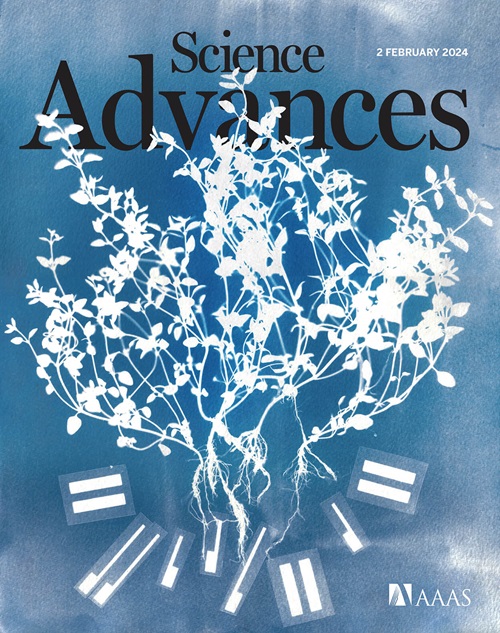Nanoelectronics-enabled reservoir computing hardware for real-time robotic controls
IF 11.7
1区 综合性期刊
Q1 MULTIDISCIPLINARY SCIENCES
引用次数: 0
Abstract
Traditional robotic vehicle control algorithms, implemented on digital devices with firmware, result in high power consumption and system complexity. Advanced control systems based on different device physics are essential for the advancement of sophisticated robotic vehicles and miniature mobile robots. Here, we present a nanoelectronics-enabled analog control system mimicking conventional controllers’ dynamic responses for real-time robotic controls, substantially reducing training cost, power consumption, and footprint. This system uses a reservoir computing network with interconnected memristive channels made from layered semiconductors. The network’s nonlinear switching and short-term memory characteristics effectively map input sensory signals to high-dimensional data spaces, enabling the generation of motor control signals with a simply trained readout layer. This approach minimizes software and analog-to-digital conversions, enhancing energy and resource efficiency. We demonstrate this system with two control tasks: rover target tracking and drone lever balancing, achieving similar performance to traditional controllers with ~10-microwatt power consumption. This work paves the way for ultralow-power edge computing in miniature robotic systems.

求助全文
约1分钟内获得全文
求助全文
来源期刊

Science Advances
综合性期刊-综合性期刊
CiteScore
21.40
自引率
1.50%
发文量
1937
审稿时长
29 weeks
期刊介绍:
Science Advances, an open-access journal by AAAS, publishes impactful research in diverse scientific areas. It aims for fair, fast, and expert peer review, providing freely accessible research to readers. Led by distinguished scientists, the journal supports AAAS's mission by extending Science magazine's capacity to identify and promote significant advances. Evolving digital publishing technologies play a crucial role in advancing AAAS's global mission for science communication and benefitting humankind.
 求助内容:
求助内容: 应助结果提醒方式:
应助结果提醒方式:


